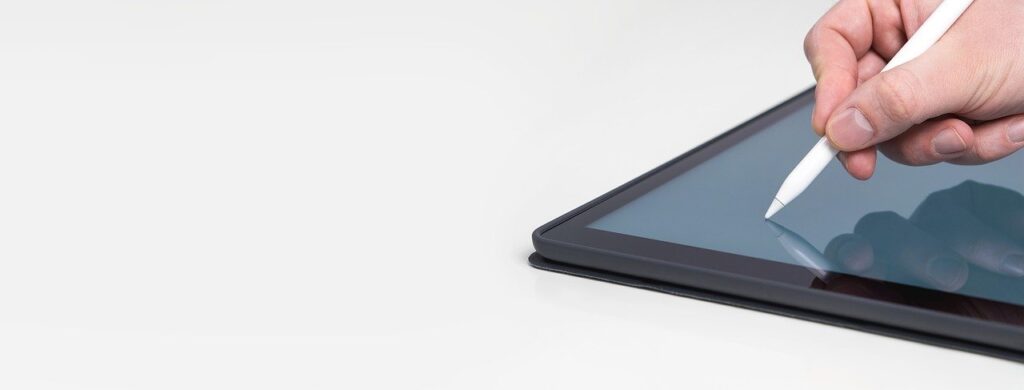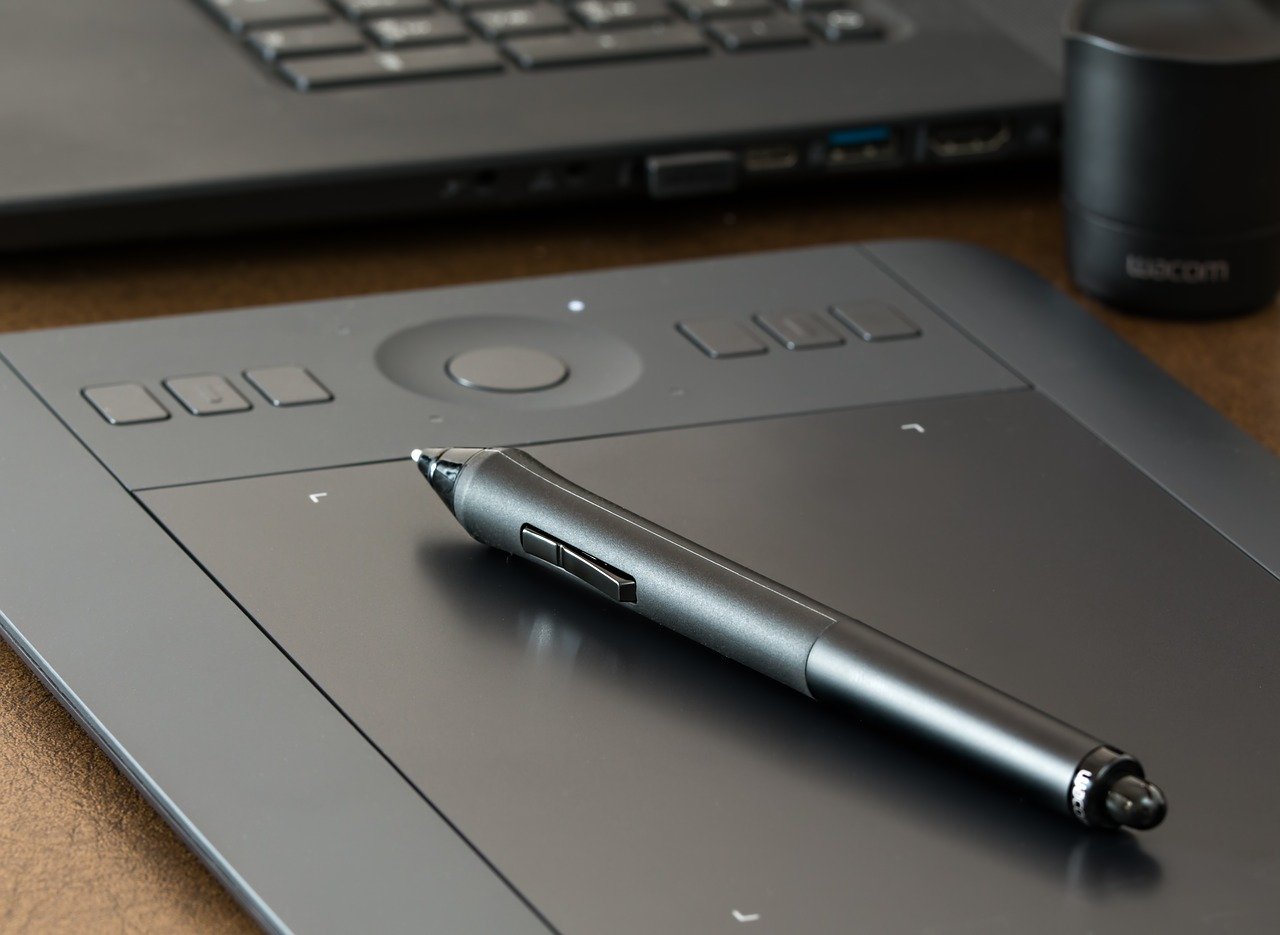
The field of graphic design is continually evolving, shaped by technological advancements, cultural shifts, and new aesthetic preferences. As we progress deeper into the digital age, several trends have emerged that redefine how designers approach their craft. These trends not only reflect current tastes but also anticipate future demands in both commercial and artistic contexts.
Current Trends in Modern Graphic Design
One of the most notable trends in modern graphic design is the move towards minimalism. This design philosophy emphasizes simplicity and the effective use of space. By stripping away unnecessary elements, designers create clean, uncluttered visuals that focus the viewer’s attention on essential components. This approach is particularly popular in web and app design, where user experience is paramount. Minimalism ensures that interfaces are intuitive and easy to navigate, enhancing overall usability.
Another significant trend is the use of bold typography. Modern designers are increasingly experimenting with typefaces, using them not just for readability but as a primary visual element. This trend involves the use of large, eye-catching fonts that dominate the composition, often in combination with minimalist layouts. Bold typography can convey a strong message and establish a clear brand identity, making it a powerful tool in digital and print media.

Embracing 3D Design and Animation
The integration of 3D elements and animation into graphic design is another growing trend. Advances in technology have made 3D design more accessible, allowing designers to create more immersive and dynamic visuals. These elements can bring depth and realism to digital interfaces, advertisements, and product presentations. Animation, in particular, has become a crucial aspect of web design, enhancing user engagement through interactive and visually appealing content.
Motion graphics, a subset of animation, are also gaining popularity. They combine graphic design principles with animation techniques to produce engaging videos and digital content. These can be used for various purposes, from social media posts to explainer videos, providing an effective way to communicate complex information succinctly and attractively.
Sustainable and Ethical Design Practices
Sustainability and ethics have become significant considerations in modern graphic design. Designers are increasingly mindful of the environmental and social impact of their work. This trend manifests in various ways, such as using eco-friendly materials for print design, choosing sustainable digital practices, and advocating for inclusive and accessible design. Ethical design also involves creating honest and transparent visuals that do not mislead or manipulate the audience.
This movement towards sustainability and ethics reflects a broader societal shift towards more responsible consumption and production. As a result, designers are expected to contribute positively to this trend by adopting practices that minimize harm and promote fairness.
The Rise of Retro and Vintage Styles
Despite the focus on innovation and modernity, there is a growing appreciation for retro and vintage design styles. These styles evoke nostalgia and can create an emotional connection with the audience. Retro design often incorporates elements from the past, such as bold color schemes, classic typefaces, and old-school illustrations, but it is presented with a contemporary twist. This blend of old and new can make designs stand out and resonate on a deeper level with viewers.
Vintage styles are particularly popular in branding and packaging, where they can convey a sense of authenticity and heritage. They are also used in digital media to create a distinctive visual identity that sets brands apart in a crowded marketplace.
Personalization and Customization
The demand for personalized and customized design is on the rise. Consumers today expect unique experiences tailored to their individual preferences. This trend is evident in various sectors, from marketing and advertising to product design. Designers are leveraging data and advanced tools to create personalized visuals that cater to specific audience segments.
Customization extends to user interfaces as well, where adaptive and responsive designs provide personalized experiences based on user behavior and preferences. This approach enhances user satisfaction and fosters a deeper connection between the brand and its audience.
Key Takeaways
In summary, modern graphic design is characterized by a mix of simplicity and boldness, technological integration, and a strong ethical underpinning. Here are some key trends shaping the field:
- Minimalist designs that emphasize simplicity and usability
- Bold typography as a primary visual element
- Integration of 3D design and animation for dynamic visuals
- Adoption of sustainable and ethical design practices
- Use of retro and vintage styles to evoke nostalgia
- Increasing demand for personalized and customized designs
By staying informed about these trends, designers can create work that is both relevant and impactful. Adapting to these evolving preferences ensures that their creations remain fresh and engaging, meeting the needs of today’s diverse and discerning audiences.
The evolution of graphic design is a testament to the creativity and adaptability of designers who continually push the boundaries to explore new possibilities. As these trends develop, they will undoubtedly lead to even more innovative and exciting directions in the world of graphic design.